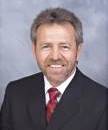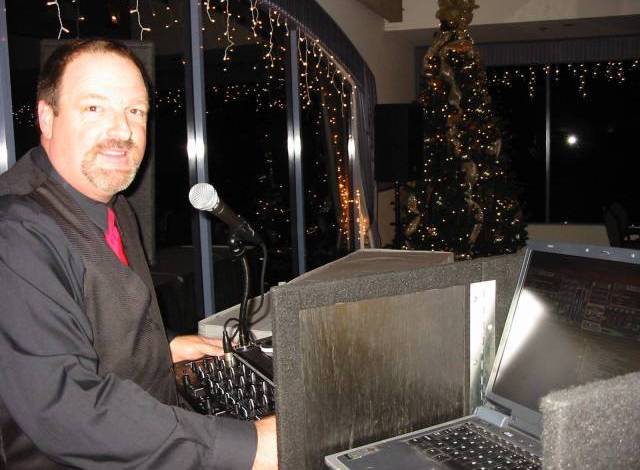






3853 Atlantic Ave.
|
Click here |
AQMD To Regulate B.S.
(June 16, 2004) -- LBReport.com posts verbatim a press release received today from the South Coast Air Quality Management District (AQMD):
"Our region's dairies generate more than one million tons of manure every year. Emissions from that manure contribute to ozone and fine particulate pollution, which must be reduced to meet federal health-based air quality standards," said Barry Wallerstein, executive officer of the South Coast Air Quality Management District.
"Our proposal provides a cost-effective means to reduce dairy emissions and improve public health for all Southern Californians."
AQMD's Proposed Rule 1127 Emission Reductions from Livestock Waste, would require dairies to clear manure from corrals more frequently and send the manure to an emissions-controlled compost facility, an anaerobic digester or to agricultural land where manure is approved for spreading as fertilizer. The rule also contains other provisions to minimize dust and meet requirements of SB 700, adopted last year by the state Legislature.
AQMD's Governing Board will consider adopting the measure following an August 6 public hearing at the agency's Diamond Bar headquarters. AQMD released a staff report on the rule this month, available on the web at AQMD staff report on Proposed Rule 1127
The measure would be phased in starting Dec. 1, 2004 and apply to the more than 300 dairies in the region, which is considered to have the highest concentration of dairy cows in the nation. Nearly 90 percent of dairies are in the Chino-Ontario-Corona region, with the remainder in the Moreno Valley- Lake Elsinore-Hemet area. Dairies with fewer than 50 cows would be exempt from the rule. Cow Manure and Air Pollution
Unlike dairies in many other parts of the country, the Southland's milk cow operations have evolved into densely populated facilities with little land for spreading manure as fertilizer. Instead, manure is scraped up and stockpiled in corrals, where it decomposes and emits large amounts of ammonia and volatile organic compounds (VOCs).
Ammonia emissions in the atmosphere readily combine with nitrogen oxides and sulfur oxides both byproducts of fuel combustion to form ammonium nitrate and ammonium sulfate particles in the PM10 and PM2.5 size range. (PM10 particles are 10 microns or smaller, and PM2.5 particles are 2.5 microns or smaller. One micron is one-thousandth of one millimeter.) VOCs combine with nitrogen oxides to form ozone smog. Both pollutants are linked to serious health effects ranging from worsened symptoms of asthma, heart and lung diseases to early deaths.
Southern California's smog is so severe that AQMD is mandated to adopt all feasible measures, including the dairy rule, as quickly as possible to meet health-based standards for ozone and fine particulates. Due to their geographic location, dairies play a unique role in the Southland's air pollution problem.
"Inland Empire dairies are directly downwind of large amounts of nitrogen oxide emissions generated in Los Angeles and Orange counties," Wallerstein said. "When ammonia from the dairies combines with those nitrogen oxides, it creates a burst of PM10. That is one reason why the Rubidoux area downwind of the dairies has the highest annual average PM10 level in the country."
Proposed Emission Reduction Strategies
Currently, most dairy manure is sent to agricultural land in the Los Angeles Basin for spreading as fertilizer, or trucked out of the region to agricultural fields in areas such as the San Joaquin and Imperial valleys. Dairies send some of their manure to an open-air composting facility in Chino, which is planning to close in 2006. Some manure also is sent to an anaerobic digester operated by the Inland Empire Utilities Agency. The digester creates biogas (mostly natural gas) from fresh manure, dramatically reducing emissions from the manure while producing energy.
The proposed rule would require dairies to:
By 2010, the measure will reduce more than 3 tons per day of ammonia emissions and more than 1 ton per day of volatile organic compounds. That is in addition to emission reductions resulting from the relocation of dairies outside of the Los Angeles Basin.
(2010 w/o Rule reflects effect of water quality regulations and expected relocation of dairies outside of Los Angeles Basin.) The rule is expected to cost the dairy industry a total of about $3.5 million a year or about $15,000 per dairy annually. The cost compares favorably with other air pollution regulations on a per-ton-reduced basis. Dairies in Southern California From the 1950s to the 1970s, dairy operations centered in Los Angeles and Orange counties, and in particular in Cerritos, originally named Dairy Valley. With urbanization, dairies relocated to existing facilities in western San Bernardino and Riverside counties. Today, urbanization is again causing Inland Empire dairies to relocate to areas outside the Los Angeles Basin including the San Joaquin Valley, Texas and the northwest United States at a rate of about 2 percent per year. That rate of relocation will not be sufficient to achieve the ammonia emissions reductions needed to meet the region's federally mandated PM10 standard by 2006. If dairies move out of the area at a much faster than expected pace, dairy emissions will further decline. That will help Southern California achieve the more stringent PM2.5 standard. The U.S. Environmental Protection Agency is expected to set a 2014 deadline for the region to attain that standard. AQMD is the air pollution control agency for Orange County and major portions of Los Angeles, San Bernardino and Riverside counties.
Contact us: mail@LBReport.com |